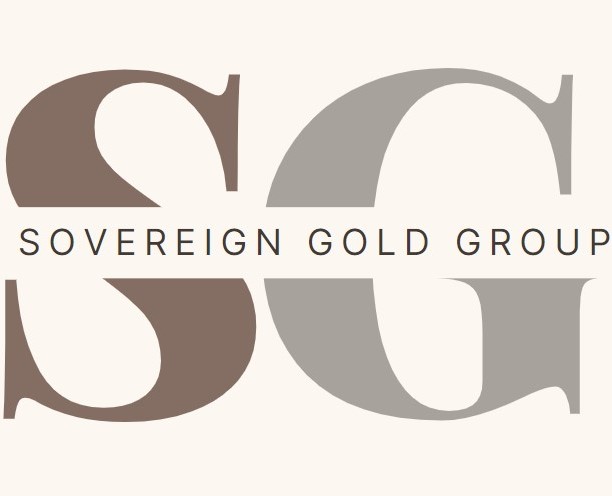Some experts say we’re in “the golden age of biotechnology.” Scientific advances are opening up possibilities for the treatment and prevention of diseases that could only have been imagined in the past.
This golden age is also presenting tremendous opportunities for investors. Biotech stocks offer the potential for huge gains. However, losing biotech stocks can rapidly eat away your precious long-term returns. So, determining which biotech stocks are best positioned and which to steer clear of is essential.
This list will cover two biotech names that look like good options to move significantly higher in 2023 and one that seems too risky to get involved with.
Drugmaker, Viatris’ (VTRS) portfolio currently comprises more than one thousand approved molecules across a wide range of critical therapeutic areas, including globally recognized iconic and key brands, generic, complex generic, and biosimilar products. Branded products include EpiPen, Amitiza, Lipitor, and Viagra. Its biosimilar portfolio includes pegfilgrastim, trastuzumab, and adalimumab biosimilars.
Viatris is profitable, but it is looking for more growth. The company reported revenue of $4.1 billion in the third quarter, down 10.1% year over year. Adjusted earnings came in at $0.87 per share, surpassing consensus estimates but down from $0.99 per share in the year-ago quarter.
The company generated $144 million in revenues from products launched in 2022, primarily driven by lenalidomide, its myeloma treatment, its interchangeable insulin injectable Semglee, and its unbranded insulin pen in the United States. It is on track to achieve approximately $525 million in new product revenues in 2022, which is below expectations due to the timing of launches but with better-than-expected margins.
Viatris’ earnings are expected to contract by 4% in 2022, and the stock is down 17% over the past year. However, analysts, on average, expect Viatris to rise nearly 18% going forward, according to FactSet. The reason behind Wall Street’s optimism is changes to the company’s business plan that have already been set into motion.
The company is trimming its less-profitable operations, including its biosimilars, women’s health division, and over-the-counter drugs. In its place, it is adding an ophthalmology franchise through the $750 million acquisitions of Oyster Point Pharma and Famy Life Sciences. The deal is expected to close in the first quarter of 2023. Management expects the acquisition to generate at least $1 billion in sales by 2028.
The company has a relatively high debt-to-equity ratio of nearly two, but it has the right idea by trimming its less-profitable operations and paying down its debt. Management sees revenues expanding at a CAGR of 3% between 2024 and 2028 and EPS expanding at a CAGR of around 15% over the same period. VTRS hopes to use the expanding revenue to reward its investors through steady dividend growth. Its current yield is 4.4%, and its payout ratio is very safe at 20%. Though it’s a speculative recommendation based on the success of the company’s business transition, the rewards could be handsome.
Global healthcare leader Eli Lilly And Company (LLY) has been creating high-quality medicines for over a century. The drug firm focuses on endocrinology, oncology, neuroscience, and immunology. Essential products include Trulicity, Jardiance, Humalog, and Humulin for diabetes; Taltz and Olumiant for immunology; and Verzenio and Alimta for cancer.
The mega-cap pharmaceutical giant’s pipeline is locked and loaded with promising advancements, which means plenty of upcoming potential opportunities for investors to benefit from. In the first half of 2022, Lilly received word that the FDA was fast-tracking its investigation of tirzepatide, a drug designed to treat adults who are overweight with weight-related comorbidities such as diabetes. Eli Lilly expects its rolling application to be completed by April 2023.
JPMorgan analyst Chris Schott recently summed up his bullish outlook on LLY. The analyst believes that Eli Lilly remains the best-positioned growth story in his coverage and one of his top picks following the stock’s pullback over the past month. The analyst sees a “significant opportunity” for Tirzepadite in type 2 diabetes and obesity, which in his view, “warrants increased attention.” Schott currently gives the stock an Overweight rating and a $400 price target.
Lilly’s share price increased 40% in 2022 and seems likely to continue to gain steam into the new year. The stock sports a quarterly dividend of $1.13 per share or 1.24% annually. LLY’s dividend payout for the year is set for the low 40% range, which should allow for robust future dividend growth.
A strong pipeline and a stable dividend make Eli Lilly an attractive consideration. The pros on Wall Street also think so. Among 17 polled analysts, 14 say to Buy LLY, 2 call it a Hold, and only 1 rates the stock a Sell. A median 12-month price target of $400 represents a 10% increase from its current price.
Not every biotech stock is going to be a winner in 2023. COVID-19 vaccine winner Moderna (MRNA) is one name to avoid for now. If you had purchased MRNA shares before the pandemic in 2020, that investment would be worth around five times the initial purchase price today. The abundant cash flow generated from Moderna’s covid vaccine, Spikevax, helped finance share buybacks and grew its balance sheet in 2022. But with the worst of the pandemic in the rearview for most developed markets, sales have nowhere to go but lower.
Heading into 2023, Moderna is still relying on its covid vaccine to bring in the lion’s share of its income. This year the company is expected to bring in between $18 and $19 billion in advanced purchase agreements for Spikevax amid increasing competition. Meanwhile, its cancer vaccine studies are still mid-stage, so it’s too early to assume they will get the nod from the U.S. Food and Drug Administration. Assuming they succeed in late-stage trials and receive FDA approval, sales are unlikely to trend higher again for at least the next three years.
Generating its income from a single drug (Spikevax) is a risk no $70 billion company should take. With the worst of COVID-19 behind us, Moderna’s sales could plunge by 25% to 68% this year based on analyst expectations. The consensus of $8.74 billion represents a valuation of 9 times sales, which is quite pricey within the biotech space.
You might also like:
- Bank bailout a cover-up for a far worse plot?
- Surprising twist gives Biden landslide election win?
- The Two Men Destroying America
- “Future Fuel” will unleash $11 trillion wave of wealth
- This “peeing car” is at the center of an $11.7 trillion energy revolution
- The End Of The US Dollar
- Get Your Money Out of U.S. Banks Immediatley




















 and then
and then